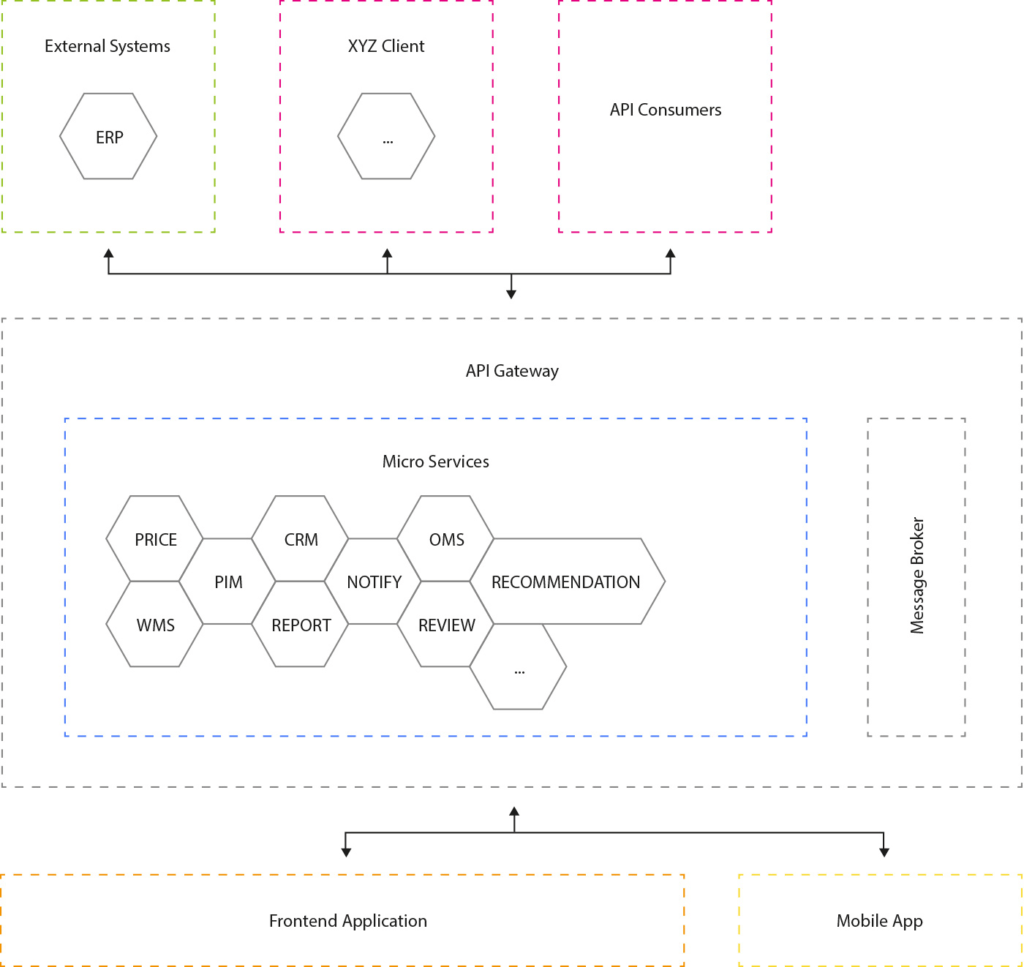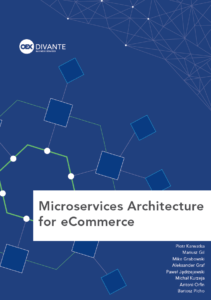Your CEO introduces new ideas for conquering new markets every day, just to change them the next day. Sounds familiar? For a CTO, that’s a technological nightmare he has to face every day to keep business constancy. Read how you can get out of this trap by changing approach…
CEO vs CTO. The clash of goals
What is most important for the CEO? Innovation, winning the market and to be ahead of competitors, right? Of course, each Chief Executive Officer, being responsible for business constancy, should stay on the safe side and be able to predict things or even prepare a plan for every possible disaster before it happens.
At the same time the CTO’s are in the trap of being accountable for:
- innovation,
- business safety and predictability.
Especially in the eCommerce field when a Chief Technology Officer needs to deliver new features and delight clients with an innovative customer experience and at the same time needs to keep your business running 24/7, in a stable and predictable manner.
This is why eCommerce players are some of the best in dealing with this paradox.
Keep your CEO happy
Such a paradox can bring a lot of confusion. But, it doesn’t have to be a constant struggle or a failure in achieving a CTO’s goals. As a CTO, you still can deliver innovative solutions and sustain business safety. Within CTO competencies, you can transform working methods to support development and implementation of new software without risking major problems. And if problems do occur, you are able to keep them small, control them and react quickly.
Dedicated Teams, Tribes
Create small, independent teams that are responsible for small pieces of your business and are accountable for a specific KPI. For example, you can have one team working on loyalty – with the goal of increasing number of the orders per user per month.
This small team must be in charge of this part of the system. It means they can propose, design, implement, measure and test every idea as they like.
So in this team, you need to provide full business, design and IT competencies.
→ Check how Spotify introduced Tribes:
Slideshare – Kevin Goldsmith – The Spotify Tribe
Medium – Thaisa Fernandes – Spotify Squad framework (1)
Microservices
To execute fast implementation you need to build your software according to the microservices approach. In this approach, every major business function is realized by a separate app which uses microservices to communicate with other apps. In our example, The Loyalty Tribe can work on a small app that delivers loyalty features – counting points, building offers for clients and keeps every client account. Another app can be responsible for showing the front-end of the eCommerce or sending an email. Then the Loyalty app will communicate with the Frontend App and Email App to send messages to the clients.
Example of system core builds upon 10 microservices.
By building separate apps and giving the team full responsibility for them, you will speed up the pace of innovation many times.
→ Check how ASOS moved from monological platform to microservices:
Slideshare – Ali Kheyrollahi – 5 must have patterns for your microservice – techorama
Slideshare – Ali Kheyrollahi – Microservice Architecture at ASOS – DevSum 2017
→ Check: eCommerce Microservice Architecture eBook by CTO of Divante
DevOps
One missing component is the ability to put the software into production without risking major problems and without waiting for the check from Quality Assurance Department (QAD). In our case, we will use the DevOps approach to automatically test code and deploy it in production super-fast. If anything goes wrong, we can very quickly roll the system back. We also use A-B testing – for example, to check the new version of the code with 5% of users and evaluate the business outcome.
→ Check: The Phoenix Project Book by Gene Kim, Kevin Behr and George Spafford
Where is the real value?
So our team can do all this without asking for any permission. And here comes the really interesting thing.
I’ve recently read the Accelerate book. This publication is based on a large study whose goal was to examine what the main factor of software creation velocity really is. It occurs that you can have all these components I described and still be very slow in delivering the business value. Why?
Because all these things are done inside the IT department. If the business leaders do not understand these capabilities they will keep thinking about waterfall projects and huge updates instead of a series of fast sprints. It is the responsibility of CTOs to educate business CEOs about Agile and Microservices. Only in this way will the business be able to test hypotheses fast and change its mind without costly consequences.
The other book that can help you develop good cooperation with the CEO is A Seat At The Table. The author describes typical challenges of the modern CTO and gives a great overview of the CEO mindset.
→ Check: A Seat at the Table: IT Leadership in the Age of Agility by Mark Schwartz
Published May 24, 2018














